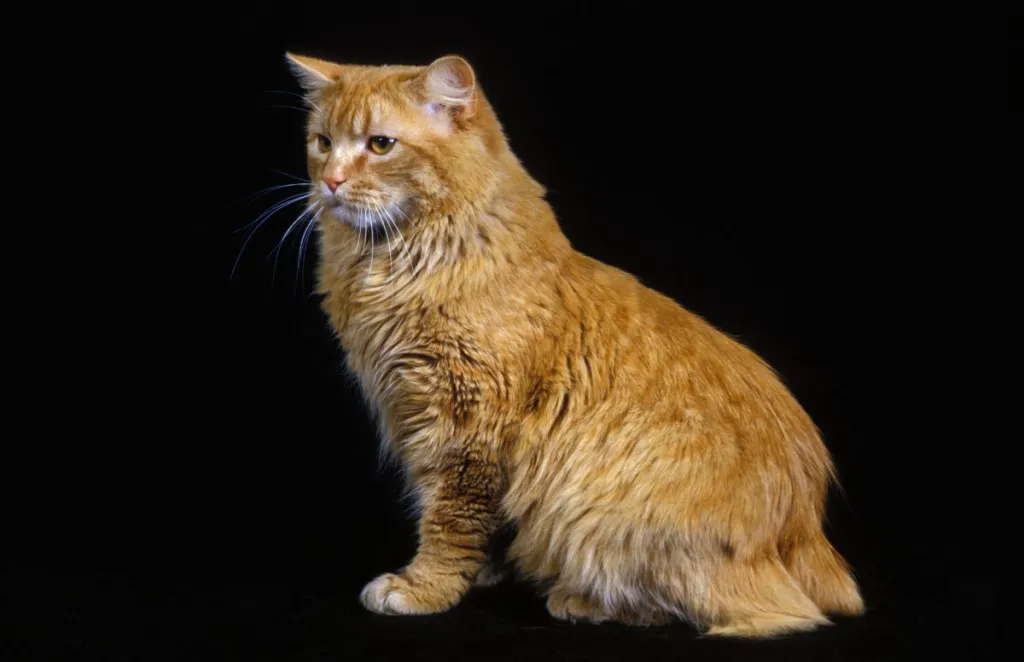The Cymric cat, known for its charming appearance and distinctive taillessness, is a breed with origins in the Isle of Man. This cat breed is essentially a long-haired variety of the Manx cat, sharing the same genetic mutation that results in a naturally occurring taillessness or short tail. The Cymric is characterized by a round face, large eyes, and…

There’s nothing more joyous than seeing a cat doing tricks for their owner. This particular video showed an adorable cat…




